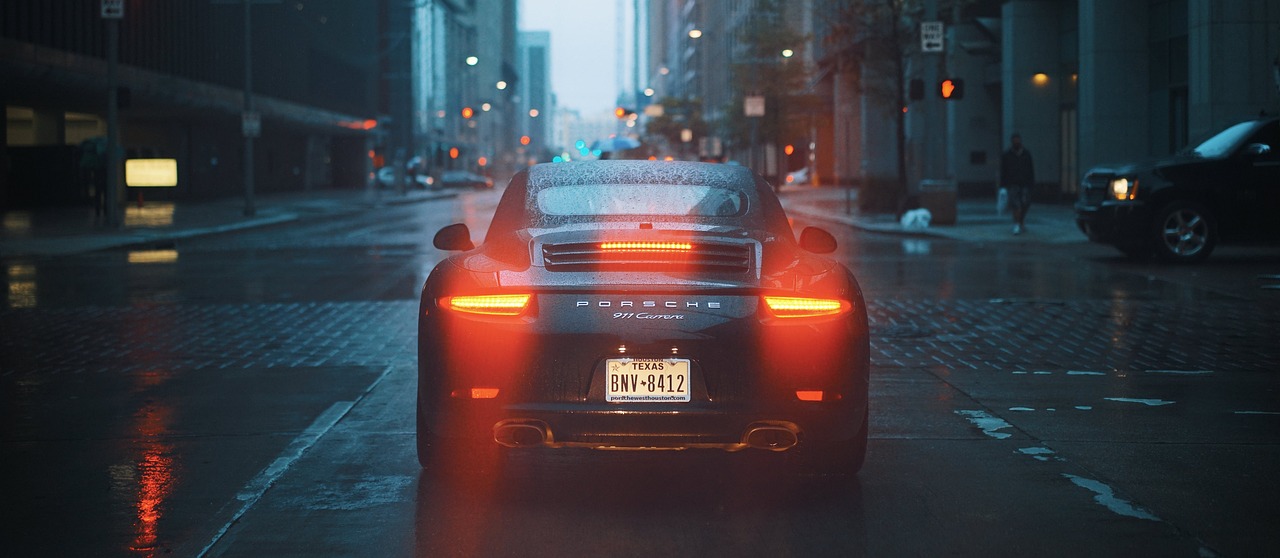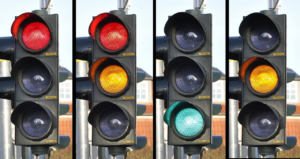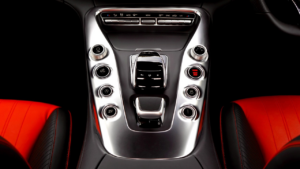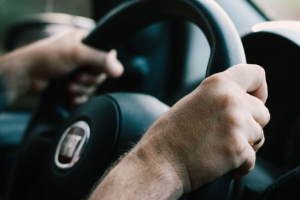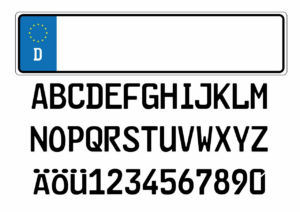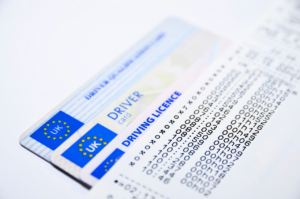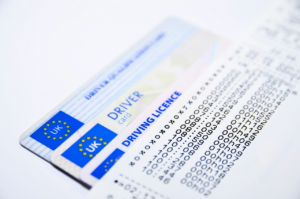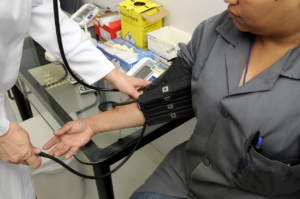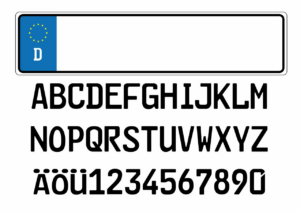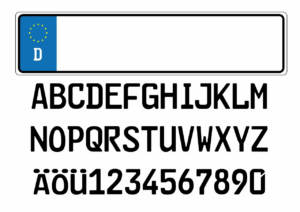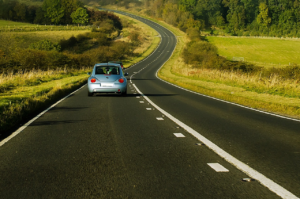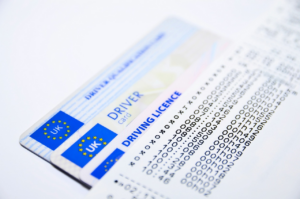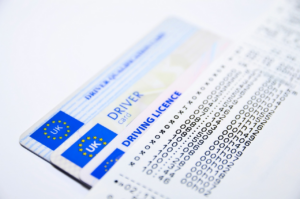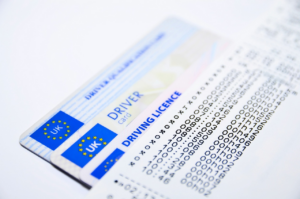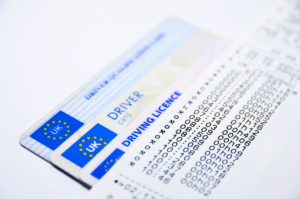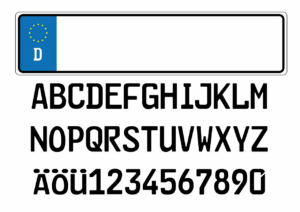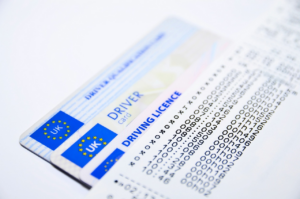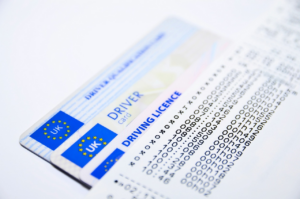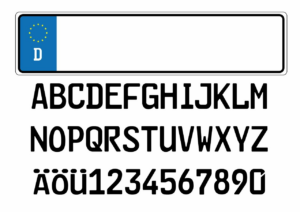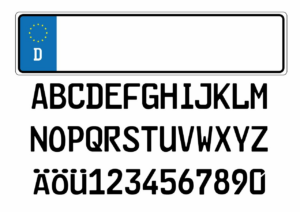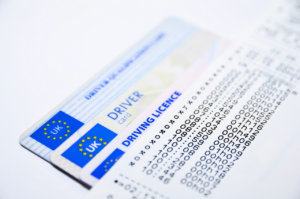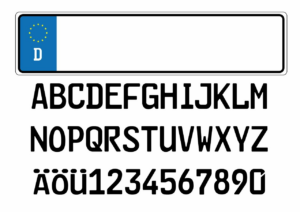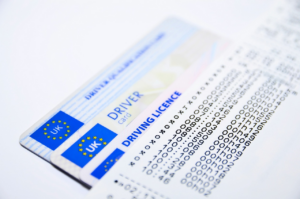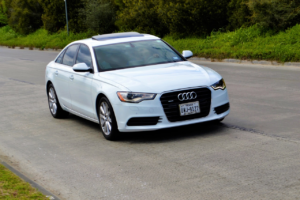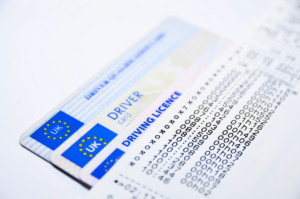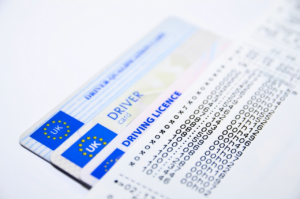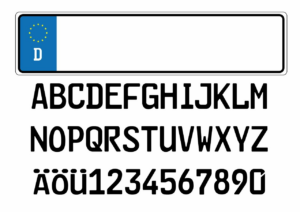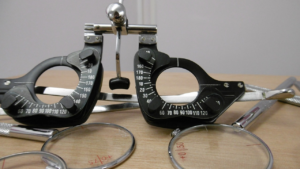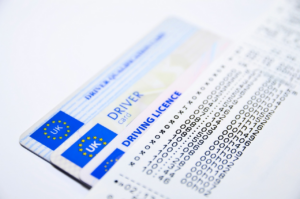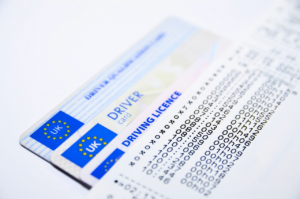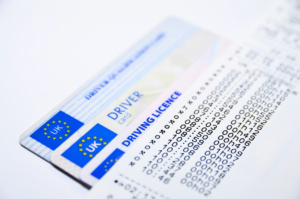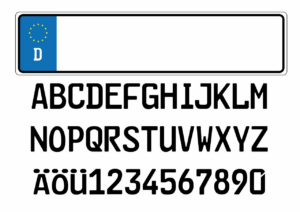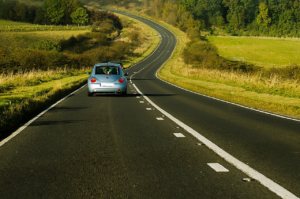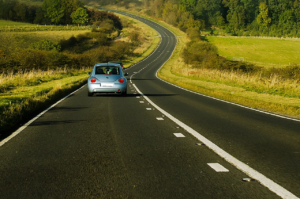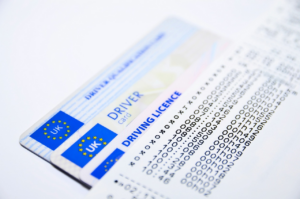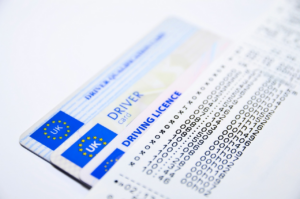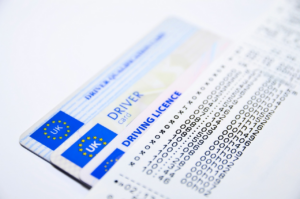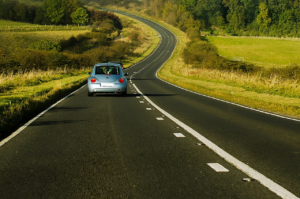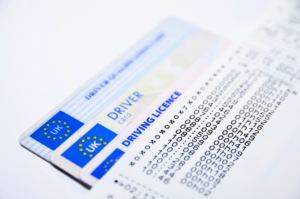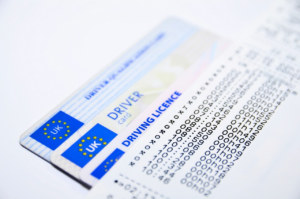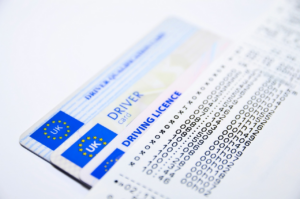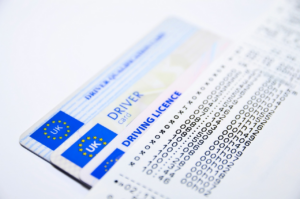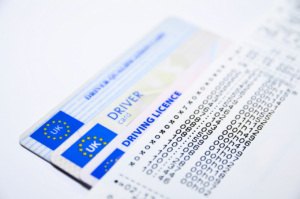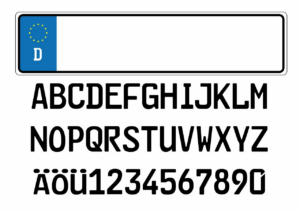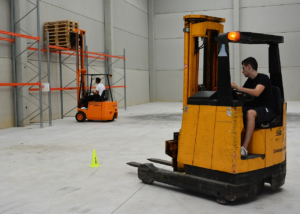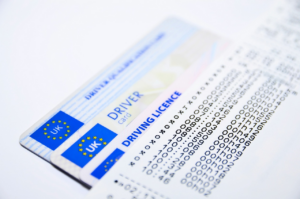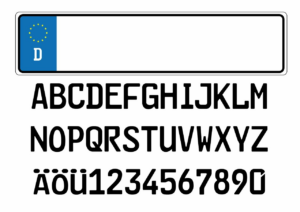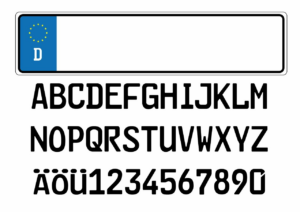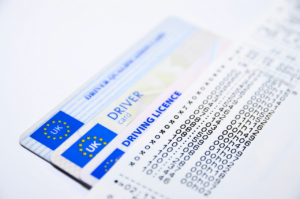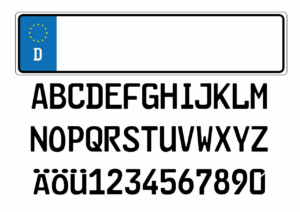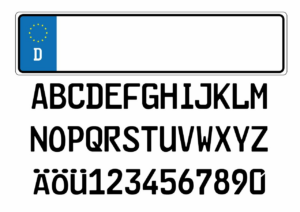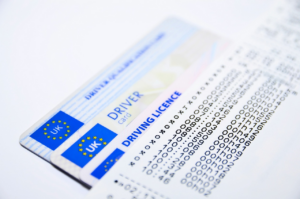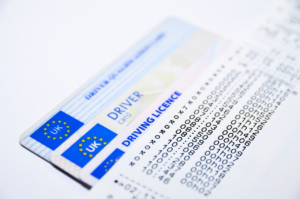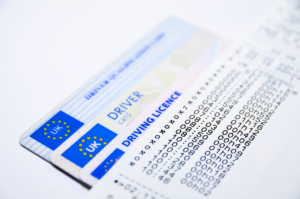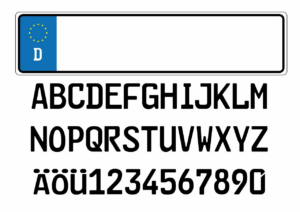Driving in the city can be a stressful and taxing experience, especially during rush hour or in heavy traffic. However, with a few tips and tricks, you can make your city driving experience much smoother and less frustrating.
From planning your route in advance to staying calm and patient, here are five essential tips to help you navigate the city streets with ease.
-
First and foremost, planning your route in advance can save you a lot of time and headaches. Use a GPS or map to plot out the best route to your destination, taking into account traffic patterns, construction zones, and potential detours. This will help you avoid unnecessary delays and ensure that you arrive at your destination on time.
-
Additionally, following traffic rules and regulations is essential for staying safe and avoiding accidents. Be sure to obey traffic lights, stop signs, and speed limits, and always use your turn signals when changing lanes or making turns.
-
By driving defensively and staying alert, you can reduce your risk of getting into a collision and ensure a smoother city driving experience.
Plan Your Route in Advance
To make your city commute less stressful, you’ll want to plan your route in advance. This means taking the time to figure out the best route to your destination before you hit the road. You can use a GPS device or smartphone app to help you find the fastest and most efficient route based on current traffic conditions.
Knowing the best route to take can save you time and help you avoid getting stuck in traffic or taking a longer route that adds extra time to your commute. Additionally, planning your route in advance can help you avoid unexpected road closures, construction, or accidents.
By knowing the route ahead of time, you can plan alternate routes if needed or make adjustments to your schedule to account for any delays. Taking a few extra minutes to plan your route in advance can make a big difference in your city driving experience and help you arrive at your destination more relaxed and on time.
Follow Traffic Rules and Regulations
Following traffic rules and regulations is crucial for safe and efficient travel on urban roads. Always obey posted speed limits and traffic signs, and pay attention to road markings and signals. Keep a safe distance from other vehicles, especially when driving in heavy traffic or during rush hour. Avoid cutting off other drivers, and use your turn signals when changing lanes or turning.
Be aware of pedestrians and bicyclists, and give them the right of way when necessary. Yield to emergency vehicles, and pull over to the side of the road if necessary.
Never drive under the influence of drugs or alcohol, and always wear your seatbelt. By following these rules and regulations, you can help ensure a smooth and safe driving experience for yourself and others on the road.
Stay Calm and Patient
You can greatly improve your driving skills by remaining calm and patient, even in frustrating situations on the road. It’s easy to get frustrated when you’re stuck in traffic or when someone cuts you off, but reacting in anger or frustration can actually make the situation worse.
Instead, take a deep breath and try to remain calm. Remember that everyone else on the road is also trying to get to their destination and may be facing similar challenges. By staying patient, you can avoid making impulsive decisions that can lead to accidents or confrontations.
In addition to improving your safety on the road, staying calm and patient can also make your driving experience more enjoyable. When you’re not stressed or angry, you can focus on the road and the scenery around you. You might even find that you enjoy your commute or drive more when you approach it with a sense of calmness.
So, next time you find yourself in a frustrating situation on the road, take a deep breath and remember the benefits of staying calm and patient. It can make all the difference in your driving experience.
Avoid Distractions
When it comes to city driving, it’s crucial to avoid distractions for your safety and the safety of others on the road. Put away your phone and resist the urge to check notifications or send texts. Limit conversations with passengers and avoid engaging in heated discussions while driving.
It’s also important to avoid eating or drinking while behind the wheel, as this can take your attention away from the road. Stay focused and alert to ensure a smooth and safe driving experience.
Put Away Your Phone
Don’t let distractions ruin your commute: stash your phone away before hitting the road. It’s tempting to check your messages or scroll through social media while sitting in traffic, but doing so can be incredibly dangerous. In fact, using your phone while driving is one of the leading causes of car accidents.
To avoid any mishaps, follow these simple yet effective tips:
-
Turn your phone on silent or vibrate mode before starting your car. This way, you won’t be tempted to reach for it every time it pings or rings.
-
Use a hands-free device if you absolutely must take a call while on the road. However, keep in mind that even hands-free devices can be distracting, so limit your conversations to only the most important ones.
-
If you need to use your phone for navigation, set it up before you start driving. This means typing in your destination and mounting your phone to a secure spot on the dashboard or windshield.
-
Lastly, resist the urge to check your phone at red lights or stop signs. Just because you’re not technically moving doesn’t mean you’re not at risk for an accident. Keep your focus on the road at all times.
By putting away your phone and taking these precautions, you’ll not only be a safer driver but also set a good example for others on the road. Remember, nothing is worth risking your safety or the safety of others, so stay vigilant and stay focused while driving.
Limit Conversations with Passengers
Limiting conversations with passengers can help improve your focus and concentration while behind the wheel. As much as you enjoy talking to your friends or family while commuting, you need to remember that driving requires your full attention.
To avoid getting distracted, try to keep your conversations to a minimum. Instead, focus on the road ahead and try to anticipate any potential hazards.
If you must have a conversation, make sure your passengers understand that your attention will be divided. They should also avoid touching the radio or adjusting the air conditioning to prevent you from getting distracted. Additionally, avoid talking about sensitive or controversial topics that could potentially make you emotional or angry.
Remember, your safety and the safety of others on the road should always come first.
Avoid Eating or Drinking
You should resist the temptation to eat or drink while driving to ensure your safety and the safety of others on the road. It may seem like a harmless activity, but it can distract you from the road and cause accidents. Here are three reasons why you should avoid eating or drinking while driving:
-
It takes your hands off the wheel – When you’re eating or drinking, you need to use your hands to hold the food or drink. This means your hands aren’t on the steering wheel, which can be dangerous if you need to make a sudden turn or stop.
-
It diverts your attention – Eating or drinking requires concentration, which means your attention is diverted from the road. You may miss important traffic signals or signs, which can lead to accidents.
-
It can cause spills – Spilling hot coffee or dropping food can be distracting and dangerous. It can cause burns or obstruct your view, leading to accidents.
To avoid these risks, it’s best to avoid eating or drinking while driving.
Keep Your Vehicle Maintained
To ensure a smooth and safe driving experience in the city, it’s important to keep your vehicle in top condition. Regularly checking your car’s condition is crucial to avoid any potential issues on the road.
Keep your windshield and mirrors clean for optimal visibility, and always ensure your lights are working properly so you can see and be seen by other drivers.
By taking these simple steps, you can feel confident and in control behind the wheel.
Regularly Check Your Car’s Condition
Make sure to keep an eye on your car’s condition so that it stays in top shape and runs smoothly on the road. Regularly checking your car’s condition is a crucial step to ensure that your car is safe to drive.
Here are three things you should check to keep your car in perfect condition:
-
Check your tires regularly: Your car’s tires play an essential role in keeping your car on the road. Make sure that they’re properly inflated and have enough tread depth. You can check your tire pressure and tread depth using a tire pressure gauge and a penny, respectively.
-
Keep an eye on your car’s fluids: Your car’s fluids, such as oil, coolant, and brake fluid, are essential for your car’s functioning. Regularly checking and topping up these fluids can prevent engine damage and ensure smooth driving.
-
Inspect your car’s brakes: Your car’s brakes are crucial for your safety on the road. Make sure that your brakes are working correctly and that your brake pads aren’t worn out. If you notice any unusual sounds or vibrations while braking, take your car to a mechanic for inspection.
Regularly checking your car’s condition can save you from costly repairs and ensure your safety while driving. By following these simple steps, you can keep your car in excellent condition and enjoy a smooth driving experience.
Keep Your Windshield and Mirrors Clean
Now that you know how important it is to regularly check your car’s condition, let’s move on to another crucial aspect of city driving – keeping your windshield and mirrors clean.
A dirty windshield or mirror can seriously impede your driving ability, whether it’s due to rain, dust, or grime. Not only can it make it difficult to see the road ahead, but it can also reflect glare from other cars’ headlights at night.
To avoid any unnecessary accidents or incidents on the road, make sure to clean your windshield and mirrors before heading out.
Cleaning your windshield and mirrors doesn’t have to be a difficult or time-consuming task. In fact, it only takes a few minutes of your time and can greatly improve your driving experience. All you need is a microfiber cloth and some glass cleaner.
Spray the cleaner onto the cloth and wipe down your windshield and mirrors thoroughly. Make sure to get rid of any streaks or smudges, as these can also impair your vision.
By keeping your windshield and mirrors clean, you’ll be able to see the road ahead more clearly, spot any potential hazards earlier, and drive with greater confidence and safety.
Ensure Your Lights are Working Properly
Don’t forget to check your car’s lights – they need to be functioning correctly to keep you safe on the road.
Before you start your engine, take a few minutes to check that all your lights are working properly. This includes your headlights, taillights, brake lights, turn signals, and emergency flashers. If any of these lights are not working, it can put you and other drivers at risk on the road.
To ensure your lights are working properly, you should do a quick walk around your car and check that all the bulbs are in good condition. Replace any bulbs that are burned out or dim. If you notice that your headlights are not as bright as they used to be, it may be time to replace them.
You should also check that your headlights are properly aimed, so they are not blinding other drivers on the road. By taking a few minutes to check your lights before you hit the road, you can avoid getting pulled over by the police or getting into an accident.
Be Prepared for Emergencies
You never know when an emergency will arise while driving in the city, so it’s important to be prepared.
One way to do this is by keeping a first aid kit in your car. This kit should include essentials such as bandages, antiseptic wipes, and pain relievers.
Additionally, it’s crucial to have emergency contacts on hand in case you need to call for help. Make sure to store these numbers in your phone or write them down and keep them in a visible place in your car.
Finally, it’s important to know your insurance coverage so you can be prepared for any accidents or incidents that may occur. Take the time to review your policy and understand what is covered and what is not.
Keep a First Aid Kit in Your Car
Make sure to keep a first aid kit in your car at all times, so you can be prepared for any unexpected accidents or injuries that may occur while on the road.
A basic first aid kit should include items such as adhesive bandages, antiseptic wipes, gauze, a pair of scissors, tweezers, and medical tape. It’s important to check the expiration dates of the items in your first aid kit regularly, and replace any expired items as soon as possible.
In addition to the basic items, you may also want to include a few additional items in your first aid kit. These can include pain relievers, allergy medication, and an emergency blanket.
By having a well-stocked first aid kit in your car, you can be prepared for any minor injuries or medical emergencies that may occur while on the road.
Have Emergency Contacts on Hand
It’s always a good idea to have emergency contacts on hand when you’re driving in the city. This way, if you’re involved in an accident or experience a medical emergency, you can quickly get in touch with someone who can help. To make it easy for yourself, create a list of emergency contacts and keep it in your car at all times.
To help you get started, here’s a table with some examples of who you might want to include on your emergency contact list:
| Contact Name | Relationship | Phone Number |
|---|---|---|
| Mom | Parent | 555-123-4567 |
| Dad | Parent | 555-987-6543 |
| Spouse | Partner | 555-555-1212 |
| Best Friend | Friend | 555-888-9999 |
| Primary Care Doctor | Medical Professional | 555-111-2222 |
When creating your own list, think about who you would want to contact in case of an emergency. It’s a good idea to include at least one family member or close friend, as well as your doctor’s number. You may also want to include the number for your car insurance company, in case you need to file a claim. By having these numbers on hand, you can be prepared for any unexpected situation that may arise while driving in the city.
Know Your Insurance Coverage
Now that you have your emergency contacts on hand, it’s time to make sure you know your insurance coverage. It’s important to understand what your insurance policy covers and what it doesn’t, especially in case of an accident.
Knowing your insurance coverage can help you make informed decisions in case of an emergency, and can also help you avoid any surprises when it comes to repairs or medical bills.
Most insurance policies cover liability, which means they’ll pay for damages or injuries you cause to others while driving. However, it’s important to check if your policy includes collision and comprehensive coverage, which will pay for damages to your own vehicle.
Additionally, you should be aware of your deductible, which is the amount you’ll have to pay out of pocket before your insurance kicks in. Understanding your insurance coverage can help you feel more confident while driving, knowing that you have protection in case of an accident.
Practice Defensive Driving
To truly feel in control and secure while navigating busy streets, you’ll need to master the art of defensive driving. This means more than just following traffic laws and signals. Defensive driving involves anticipating potential hazards and taking precautionary measures to avoid them.
Here are some tips to help you practice defensive driving:
-
Keep a safe following distance from the vehicle in front of you. This gives you enough time to react if the vehicle suddenly stops or swerves.
-
Scan the road ahead and be aware of your surroundings. Look out for pedestrians, bicyclists, and other vehicles that may unexpectedly cross your path.
-
Avoid distractions such as using your phone, eating, or applying makeup while driving. These activities take your eyes and attention away from the road.
-
Always use your turn signals and check your blind spots before changing lanes or making a turn.
-
Stay within the speed limit and adjust your speed according to the traffic and weather conditions. Driving too fast or too slow can increase the risk of accidents.
By practicing defensive driving, you can minimize the chances of getting into an accident and keep yourself and others safe on the road. Remember to always stay alert and focused while driving.
Take Driving Courses
Taking driving courses can greatly enhance your skills and confidence on the road, allowing you to navigate any situation with ease. These courses are designed to teach you the necessary skills and knowledge you need to become a safe and efficient driver.
They cover a wide range of topics such as defensive driving, maneuvering in tight spaces, and handling emergency situations. Most driving courses also provide hands-on training with a professional instructor, who can give you personalized feedback and guidance.
This type of training can be especially helpful if you’re a nervous or inexperienced driver. By taking driving courses, you’ll not only improve your driving skills but also gain the confidence you need to tackle any driving situation you may encounter on the road.
Frequently Asked Questions
What are some common distractions that drivers should avoid while driving in the city?
To ensure a smooth city driving experience, it’s important to avoid common distractions that can take your attention away from the road.
One of the most common distractions is using your phone while driving. Whether it’s texting, making a call, or checking social media, using your phone can significantly increase your risk of getting into an accident.
Another distraction to avoid is eating or drinking while driving. This can cause you to take your hands off the wheel and your eyes off the road, making it difficult to react to sudden changes in traffic.
Other distractions to avoid include adjusting the radio or GPS, talking to passengers, and daydreaming.
By staying focused on the road and avoiding these distractions, you can ensure a safe and smooth driving experience in the city.
How often should drivers get their vehicles maintained to ensure a smooth driving experience?
To ensure a smooth city driving experience, it’s recommended that you get your vehicle maintained regularly.
The frequency of maintenance varies depending on the make and model of your car, as well as your driving habits and the conditions in which you drive.
However, as a general rule, it’s recommended that you get an oil change every 5,000 to 7,500 miles, and have your tires rotated and balanced every 5,000 to 6,000 miles.
Additionally, you should have your brakes inspected every 10,000 miles, and have your air filter and other fluids checked and replaced as needed.
By keeping up with regular maintenance, you can help ensure that your car is running smoothly and avoid any unexpected breakdowns that can cause frustration and delays during your city driving.
What are some examples of defensive driving techniques that drivers can use in the city?
To have a smooth city driving experience, it’s important to use defensive driving techniques. Always be aware of your surroundings and keep a safe distance from other vehicles.
Avoid distractions such as texting or eating while driving. Use your turn signals and check your blind spots before changing lanes. Keep an eye out for pedestrians and bicyclists.
Finally, be prepared for unexpected situations and always have an escape route in mind. By practicing these defensive driving techniques, you can ensure a safe and enjoyable city driving experience.
Are there any specific driving courses that are recommended for city driving?
If you’re looking to improve your city driving skills, there are definitely some driving courses that can help.
One of the most popular is a defensive driving course, which will teach you how to anticipate and avoid potential hazards on the road.
Another option is a city-specific driving course, which will focus on the unique challenges of driving in an urban environment.
Some courses even offer in-car training with a professional instructor, which can be incredibly valuable for improving your confidence and skills behind the wheel.
Just be sure to do your research and choose a reputable course that fits your needs and budget.
How can drivers best prepare for emergencies while driving in the city?
In order to prepare for emergencies while driving in the city, it’s important to always be aware of your surroundings and anticipate potential hazards.
Keep a safe distance from other vehicles and pay attention to pedestrians, cyclists, and other obstacles on the road.
Make sure your car is equipped with necessary safety features like airbags and a first aid kit.
It’s also crucial to have a basic understanding of how to handle emergency situations such as flat tires or engine trouble.
Consider taking a defensive driving course to hone your skills and increase your confidence behind the wheel.
Remember that staying calm and level-headed can make all the difference in a high-stress situation.
Conclusion
Congratulations! You’ve just learned 5 tips and tricks for a smooth city driving experience. By planning your route in advance, following traffic rules and regulations, staying calm and patient, avoiding distractions, and keeping your vehicle maintained, you can be sure to have a stress-free driving experience in the city.
However, it’s important to remember that emergencies can happen at any time. So, it’s crucial to be prepared by having a first-aid kit, an emergency kit, and a charged cell phone with you at all times.
Additionally, practicing defensive driving and taking driving courses can further enhance your driving skills and ensure that you’re always prepared for any situation on the road.
By implementing these tips and tricks, you can enjoy a smoother and safer driving experience in the city. Remember to always prioritize safety and be mindful of other drivers on the road.
Happy driving!


